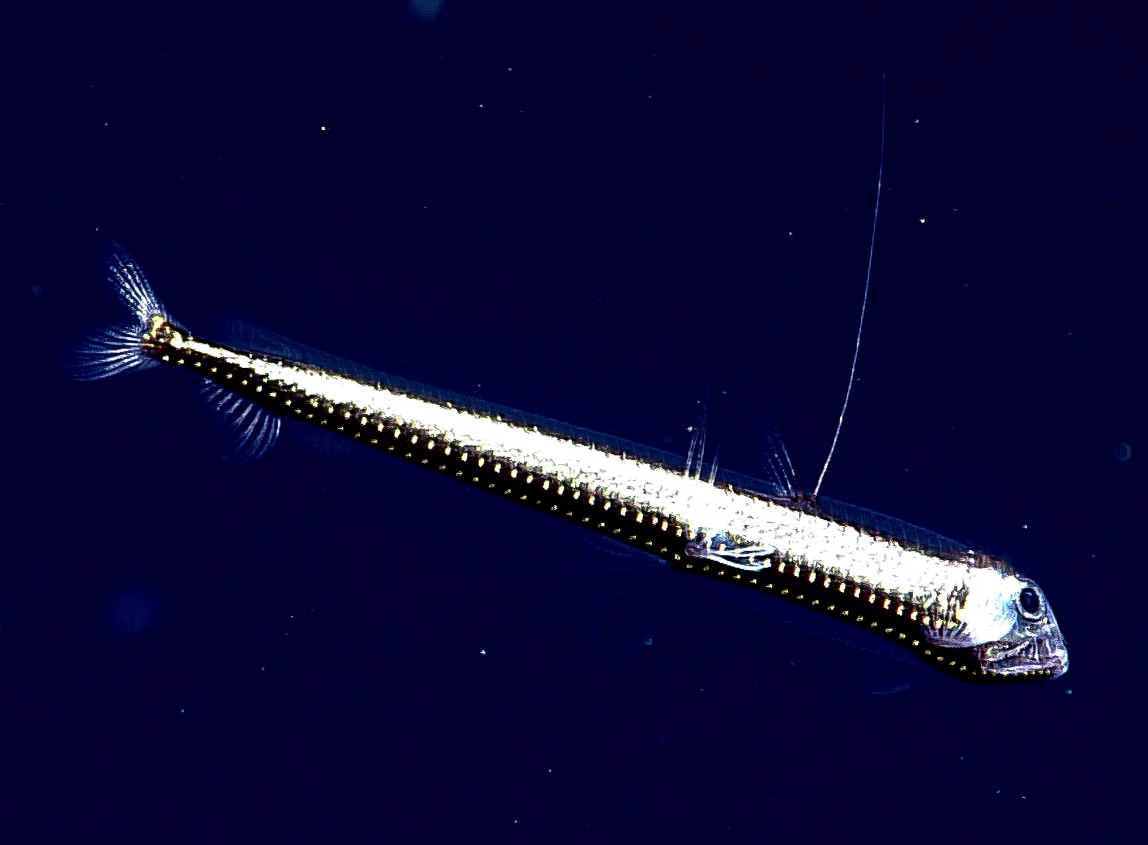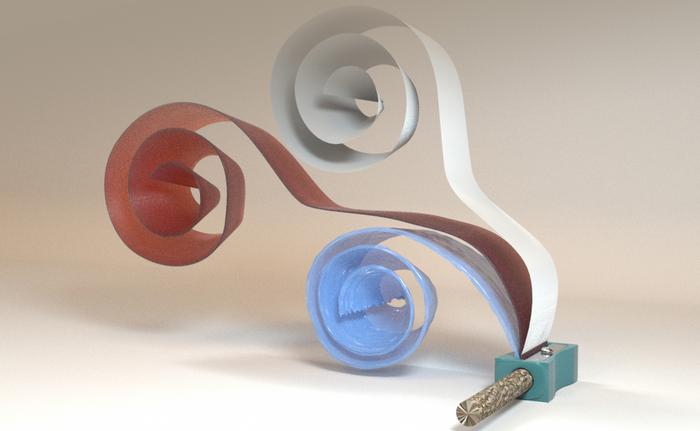
Viperfish, scientifically known as Chauliodus sloani, are fascinating deep-sea creatures that have evolved unique adaptations to survive in the harsh, dark environments of the ocean’s depths. These fish are known for their long, needle-like teeth and bioluminescent photophores, which play crucial roles in their survival and hunting strategies.
One of the most striking features of viperfish is their elongated, hinged teeth that protrude from their lower jaw. These teeth are so long that they extend past the fish’s eyes when the mouth is closed. The teeth are not used for chewing; instead, they serve as a trap for prey. When a smaller fish or crustacean comes close to the viperfish, it quickly opens its mouth, creating a vacuum that sucks the prey inside. The sharp teeth then prevent the prey from escaping.
Another remarkable adaptation of viperfish is their bioluminescence. Like many deep-sea creatures, viperfish possess photophores, which are light-emitting organs. These photophores are located along the fish’s body, with a prominent one at the tip of their elongated dorsal fin. The bioluminescence serves two primary purposes: attracting prey and camouflage.
The photophore on the dorsal fin acts as a lure, resembling a smaller fish or invertebrate. When potential prey is attracted to the light, the viperfish remains motionless, waiting for the right moment to strike. Additionally, the photophores along the body provide counter-illumination, which means they emit light that matches the faint sunlight penetrating from above. This helps the viperfish blend in with the surrounding environment, making it harder for predators to detect them.
Viperfish have a unique digestive system that allows them to consume prey up to 60% of their own body size. Their stomach can expand significantly, accommodating large meals that sustain them in the nutrient-poor deep sea. This adaptation is crucial, as food sources are scarce in their habitat.
The science behind viperfish also extends to their sensory abilities. They have well-developed eyes that are sensitive to the faint light in the deep sea. Additionally, they possess a lateral line system, which detects vibrations in the water, helping them locate prey and avoid predators.


.jpg)


Leave a Reply